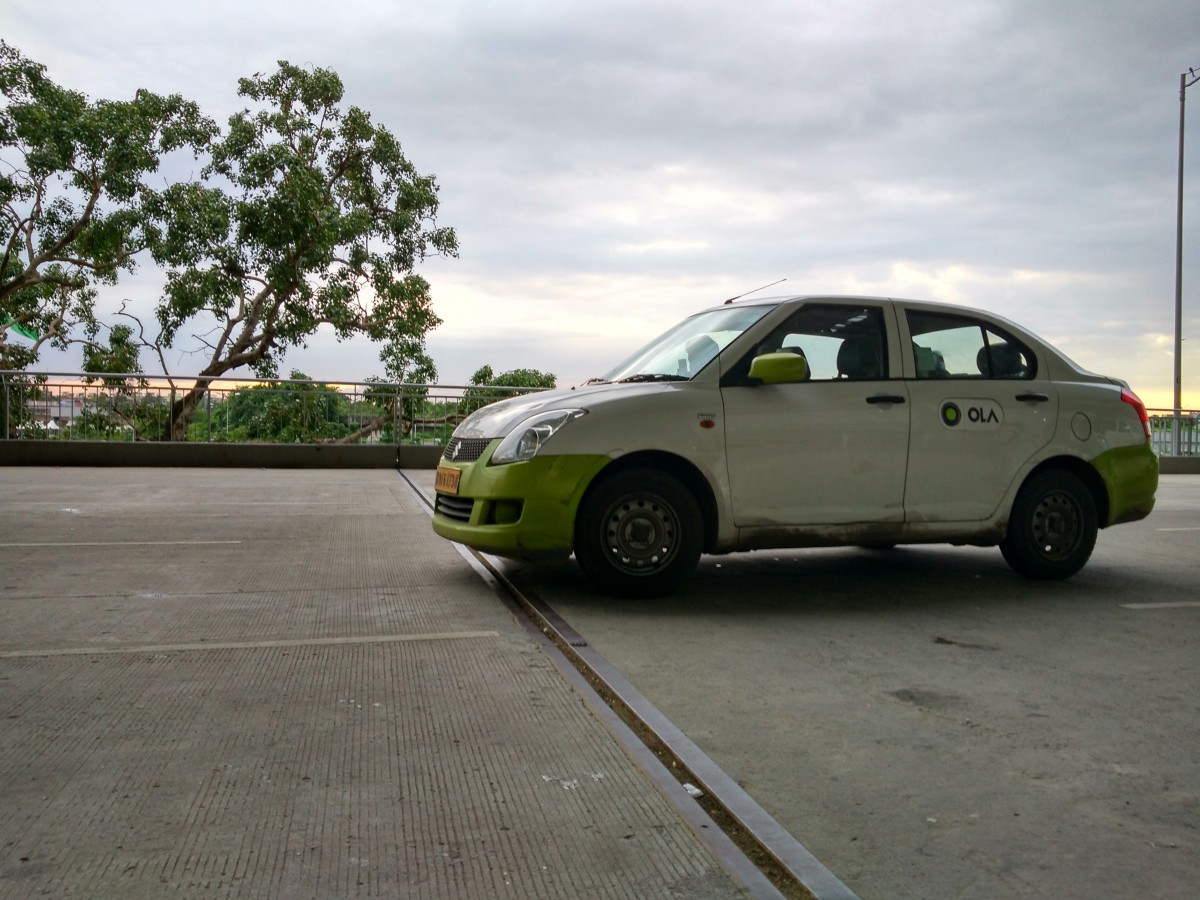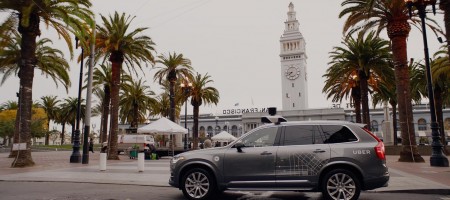While Uber gained traction in early days with the idea of letting people use their vehicles to give rides and make money, things were always much different in India. Uber and its local rival Ola work with vehicles that have commercial licences. Now however, the government is opening up to the idea of allowing private vehicles to be used with ride sharing platforms and is reportedly assessing the impact of the same.
While this appears to be a positive step, the impact might not entirely be positive. The objective here is to reduce congestion and the impact on environment with ever increasing number of vehicles. Allowing private cars on the platform would make more cars available for catering to ride requests making it more accessible and could, in turn, motivate more people to ditch their vehicles and rely on sharing services for transportation.

However, this would cause trouble for Uber and Ola with their current fleet of drivers. The driver partners have already been pressurising the companies to stop shrinking incentives and have been expressing their inability to pay for even car ownership in some cases. There are stricter regulations and considerably higher costs associated with commercial vehicles which means in its current form, the system would favour private vehicles. And while the objective is also to cut down on emissions, it is also worth mentioning that in some parts, Uber/Ola vehicles run only on CNG and no diesel powered cabs are allowed to operate. The same should also apply strictly to private vehicles because of the environmental concerns. However, the infrastructure to cater to CNG vehicles is still very limited in terms of capacity and presence.
To add to that, the attractive earnings resulted in a surge in the number of commercially registered small hatchbacks and sedans. It is not uncommon to find dozens of yellow plate cars waiting for the next ride during off peak hours. A fraction of them are novice, unskilled drivers lured by the higher potential payout compared to whatever else they were doing. This situation could have been avoided by opening up to the idea while the government was resisting the expansion of Uber and Ola despite a broken urban transportation system.
There are other challenges as well. Security is the biggest concern of them all as entry barriers for drivers are lowered. Another question is if this would really get car owners to share their vehicles or if this would just be another channel for cab operators to expand their fleet at lower costs. But this could also be the start of a change in transportation. If the trials work out fine, it could also inspire relaxation in car sharing regulations making it easier for rental businesses and thus for the masses to share vehicles.



















